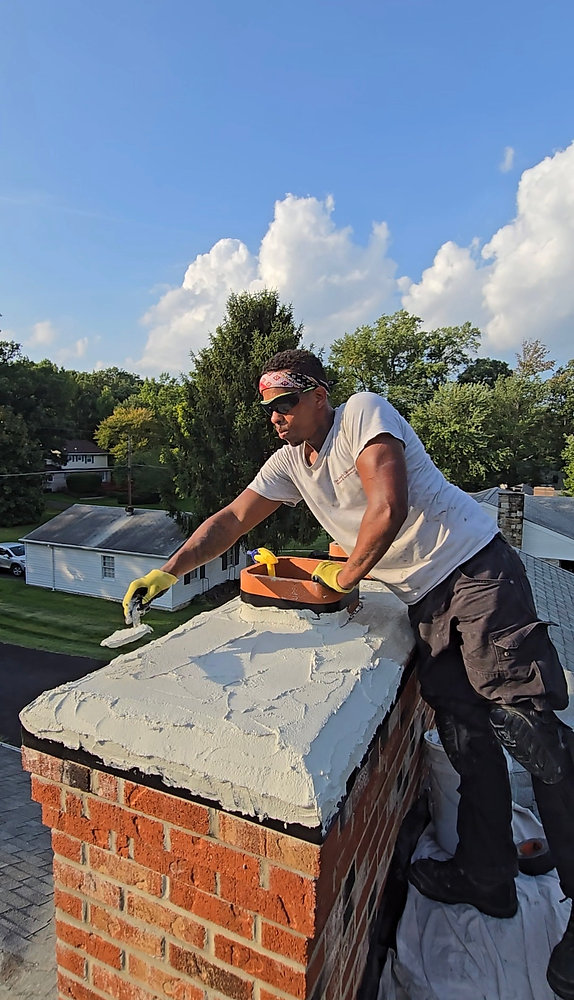

MD,DE,PA,NJ &VA's


Licensed, Bonded and Fully Insured
MHIC# 145477
CSIA CCS and CDET Certified
Leading Chimney Sweeps and Services Company

Why Sealing Your Chimney Crown Is Crucial For Preventing Water Damage
Jul 28
2 min read
0
6
0
Your chimney crown is the topmost concrete surface that seals off the space between the chimney flue and the exterior chimney walls. It acts as a roof for your chimney. But like anything exposed to the elements, crowns crack, shrink, and wear out — especially in Maryland’s freeze-thaw climate.
That’s why sealing your chimney crown with a professional-grade waterproofing product is one of the smartest ways to protect your home.
---
What Is a Chimney Crown?
The crown is the concrete slab that sits at the top of the chimney structure. It is not the same as a cap (which covers the flue). The crown directs water away from the brick and mortar below. But over time, even the best-built crowns will:
Crack from thermal expansion
Shrink and separate from the flue
Absorb water and begin deteriorating
If water penetrates your chimney crown, it will start to damage the bricks, flue liner, firebox, and interior ceiling or walls.
---
Why Crown Sealing Is Essential
Sealing a crown involves applying a flexible, breathable, waterproof coating over the crown surface. This process protects the structure from rain, snow, sleet, and ice — while still allowing moisture vapors to escape from within.
Benefits include:
Prevents water intrusion into the chimney stack
Stops small cracks from turning into major damage
Extends the life of the chimney crown and masonry below
Helps prevent costly leaks and interior damage
---
How We Seal Chimney Crowns in Maryland
At The Dukes Chimney, we use industry-approved crown sealants designed to handle Maryland's seasonal extremes.
Our process:
1. Clean and prepare the crown surface
2. Fill visible cracks with crown patch or mortar sealant
3. Apply flexible crown sealant with a brush in multiple coats
4. Allow curing and perform a final inspection

In areas like Bel Air, Edgewood, Forest Hill, and Perry Hall, where winter temps drop below freezing, sealing the crown can prevent thousands in water damage repair.
---
Signs Your Chimney Crown Needs Sealing or Repair
Visible cracks or hairlines on the crown surface
Gaps where the flue meets the crown
Rust stains or moisture in the firebox
Moss, algae, or plant growth at the top of the chimney
Even a small crack in the crown can absorb rainwater like a sponge — which expands when it freezes, making cracks worse every winter.
---
Don’t Wait Until It Leaks
Crown sealing is one of the most affordable ways to protect your chimney. If you haven’t had your chimney crown inspected in the last few years, now’s the time.





